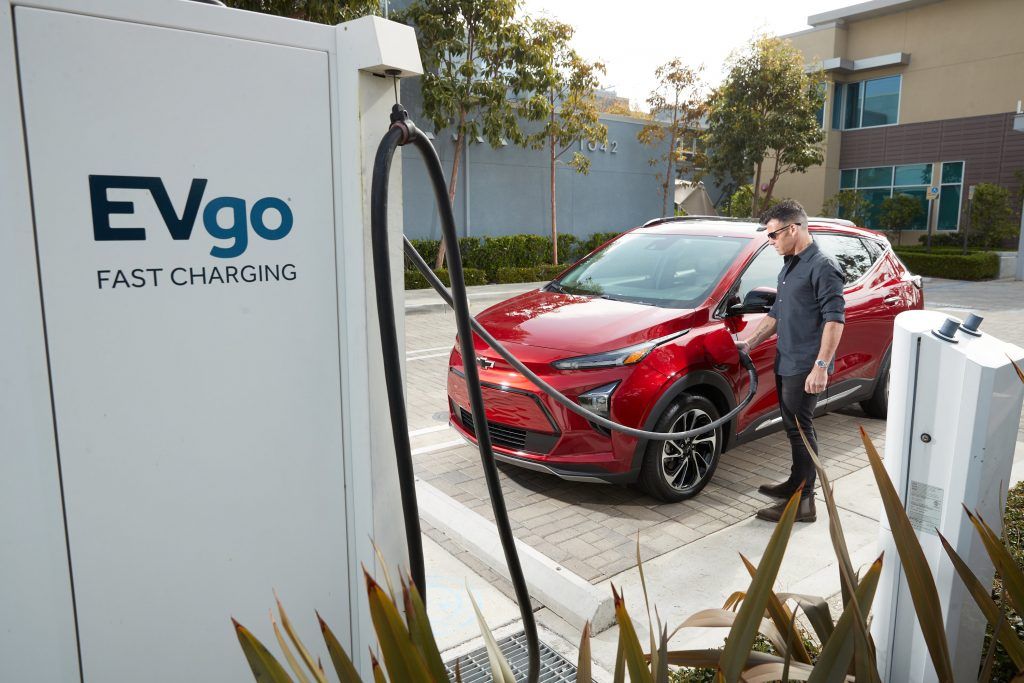Although with advantages and challenges, electric vehicles are quickly becoming mainstream, with sales trending upward around the world.
According to Mullen Automotive, a significant transformation is occurring in the motor vehicle landscape, as all major OEMs have announced billions of dollars in investments to rapidly transform their totality from gasoline to electric propulsion.
Electric vehicles
Mullen highlights the following factors in favor of electric vehicle production.
- Policy changes at the state and national level have pressured many commercial fleets to purchase a portion of their fleet on electric starting in 2023 and ramping up rapidly over the next decade. They have also implemented aggressive rebates and credits to support early adoption.
- Many companies are setting aggressive adoption goals to voluntarily reduce their overall carbon footprint and their vehicle fleet is a major leverage point for reaching those goals.
- As more entries come to market and the overall volume of available electric vehicles increases, the supplier industry can produce lower cost electric vehicle components, improving vehicle affordability.
- The use cases for the truck market are varied. In urban duty cycles, electric trucks have become an economical option where the overall total cost of ownership (TCO) has equaled or, in some cases, been lower than gas alternatives.
- Many of the large OEMs that have historically provided vehicles to the commercial market have aggressive investment plans that started with their high-volume retail/passenger vehicles and thus left commercial trucks for later years.
Trends
Electric vehicles do not emit polluting exhaust directly at the point of use and their operating and maintenance costs are lower compared to internal combustion vehicles.
But battery range remains a challenge compared to internal combustion vehicles.
The incorporation of artificial intelligence and autonomous technologies is also being explored in the field of electric vehicles.

